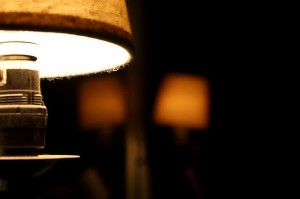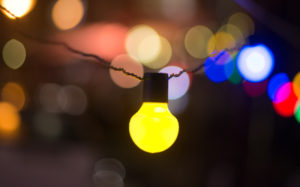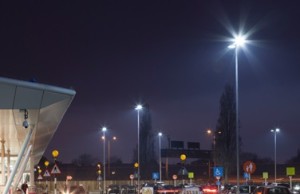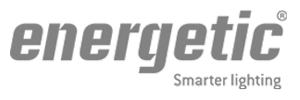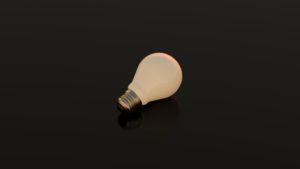 Back in the day, people would choose light bulbs by looking at their wattage rating. The more watts a bulb needed, the brighter it would be.
Back in the day, people would choose light bulbs by looking at their wattage rating. The more watts a bulb needed, the brighter it would be.
But this method of determining a light bulb’s brightness is no longer reliable today, largely because of how energy efficient today’s lighting solutions, particularly LEDs, are. Add to this the bevy of measurements used to identify lighting quality, color, and lifespan—things can get pretty confusing for the average consumer.
If you’re considering an LED lighting retrofit in your Scottsdale home, here are six modern lighting terms to become familiar with, which will help you make an informed purchase decision.
- Energy Used in Watts– Wattage ratings confuse many consumers, who are still used to equating watts with brightness. But a watt is a unit of power, not brightness. For example, a 9-watt LED bulb can be just as bright as a 60-watt incandescent bulb. Of course, this isn’t to say that wattage ratings are useless. They are still necessary when calculating the total energy load of your home lighting setup.
- Light Output in Lumens– A lumen is a measure of the total quantity of visible light generated by a light source. It’s the measure of a light bulb’s actual brightness. So, going back to our earlier example, a 9-watt LED and a 60-watt incandescent can have the same lumens output of 800+ lm (lumens). This is perhaps the most important measurement to look for when evaluating a modern light bulb.
- Life Hours– This tells you how long your bulb will last based on number-of-hours-used in a day. Keep in mind that the life hours is just an estimated average lifespan of the bulb, determined through probability analysis and engineering testing in controlled environments. So, even if an LED bulb is rated to last “over 20,000 hours,” you can realistically expect a 15,000-hour lifespan in the real world.
- Light Appearance– The light bulb packaging will usually state something along the lines of “Daylight,” “Cool,” and “Warm.” This basically indicates the color temperature of light generated by the device, defined in degrees Kelvin. A warm light is around 2700K, moving to neutral white at around 4000K, and cool white at 5000Kor more.
- Estimated Yearly Energy Cost – This section will help you understand how much it will cost to use your light bulb, providing an estimate of its impact on your monthly electricity bill.
- Whether the Bulb Contains Mercury or Not – This detail will tell you how the light bulb should be disposed of. Light bulbs like compact fluorescent lamps (CFLs) have mercury, which makes their recycling process a bit trickier. When sent to landfills, the tiny traces of mercury vapor inside these devices can contaminate the soil and groundwater, which is why some states have strict regulations on CFL disposal.
With all the different types of light bulbs in the market, choosing which one to use in your Scottsdale home can be confusing. Be sure to look for the details mentioned above to find the right bulb for your needs.


 Apartment Lighting
Apartment Lighting Area Lighting
Area Lighting Automotive Lighting
Automotive Lighting Building Wall Pack Lighting
Building Wall Pack Lighting Canopy Lighting
Canopy Lighting High & Low Bay Lighting
High & Low Bay Lighting Industrial Lighting
Industrial Lighting Parking Lots & Garages
Parking Lots & Garages Pathway Lighting
Pathway Lighting Retail Lighting
Retail Lighting Stairwell Lighting
Stairwell Lighting
